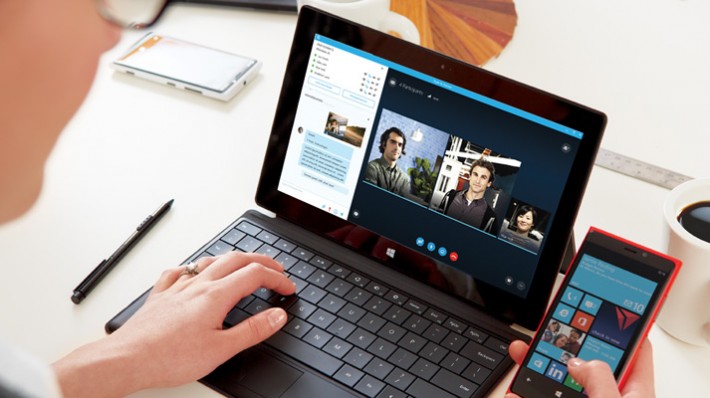Having high speed internet isn’t a luxury anymore; it’s become a necessity. Whether you’re a parent whose children need to log onto online learning activities for school, or you work from home, having safe and reliable internet access is important. But the language that providers use to describe the services they offer can be a little confusing. What is the difference between upload and download speeds and what are data caps? How much exactly is a GB? Let’s break this down into terms everyone can understand.
Data caps on your internet at home work exactly like data caps on your phone. While most internet providers don’t enforce them, they’re written into the language of most contracts. That’s why it’s important to look for a home internet service, such as Suddenlink, that doesn’t have data caps. Nobody wants to find out in their monthly bill that they went over their allotment and got charged without warning.

When it comes to upload and download speeds, upload speeds are how fast you can put something online, and download speeds are how fast you can fetch something from online. If you’re trying to send pictures to your mom or dad, that’s an upload. If you’re trying to stream movies from Netflix, that’s download.
When you look at speeds, they come in a dizzying array of options. There are two general terms: Mbps and Gbps. These units measure bandwidth, which is how much data can be sent to your home at one time. They stand for megabits per second (not megabytes, that’s an important distinction) and gigabits per second.
Most standard options now are anywhere from 10 Mbps all the way up to 1 Gbps. For the record, 1 gigabit per second is equal to 1024 megabits per second. Different types of activities take up different amounts of bandwidth. For example, streaming an HD episode of Supergirl from Netflix takes about 10 Mbps, while streaming music from Pandora takes about 2 Mbps. One of the heaviest uses of bandwidth is online gaming, which can consume up to 25 Mbps per user.
While it’s an easy solution to go for the highest speeds, there’s no sense in paying for what you don’t need. The best bet is to look at what activities are being done in your home. Now figure out what’s happening at peak usage. For example, for a family of four, one could be playing Xbox One, someone else is listening to Spotify, you’re streaming a movie on your tablet, and your spouse is using Google to plot directions with Google Maps. That’s about 38 Mbps of usage in total bandwidth. So look for a plan that will cover that plus ten percent. It’s always better to have extra than not enough.
With these simple steps, figuring out what internet plan is best for you and your family should be easier. After all, to take advantage of things like Netflix, Hulu, or even the newest offerings from Google, you need sufficient bandwidth to experience them all. With a little bit of forethought, you can be sure you’ll never see that dreaded “buffering” symbol in the middle of your next movie night.











Leave a Reply